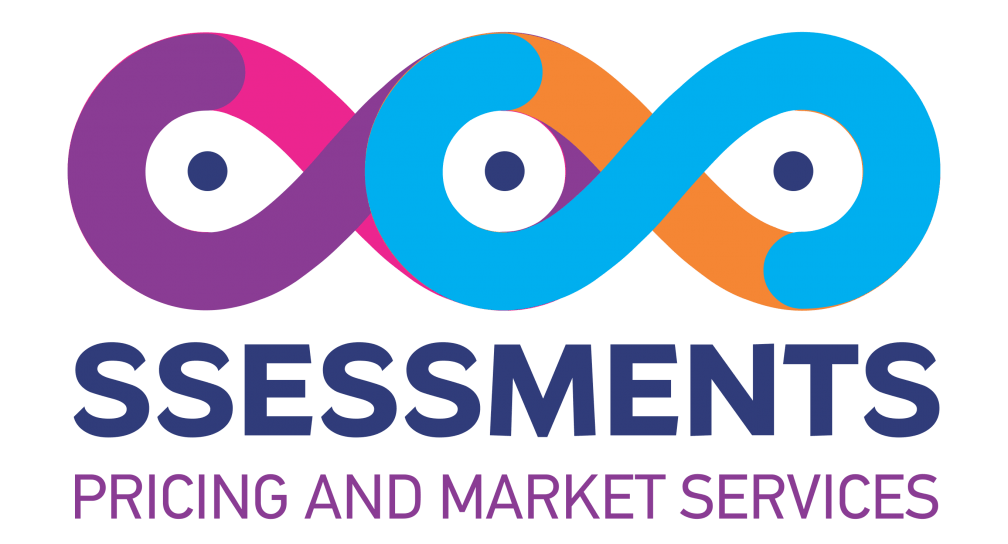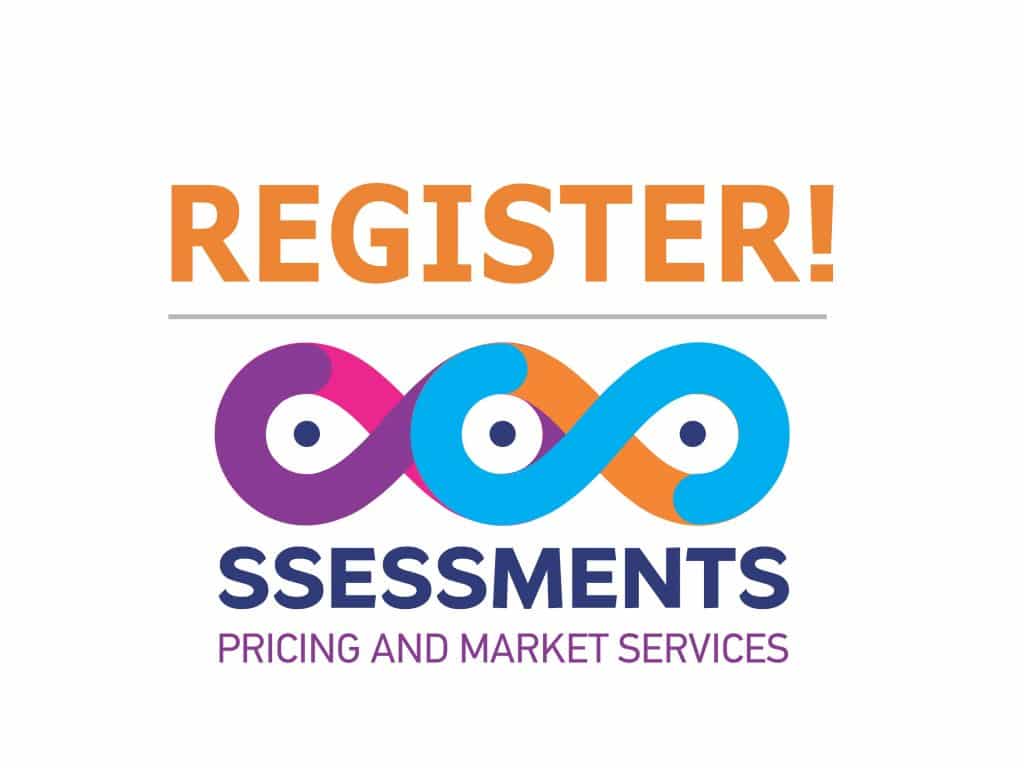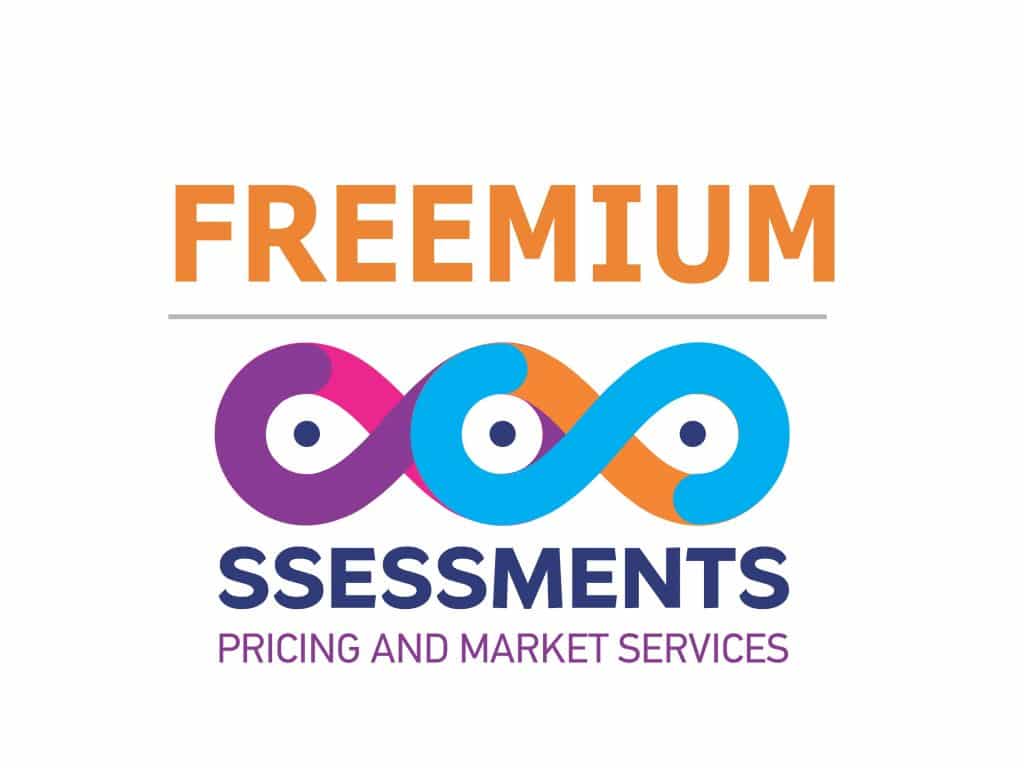According to the company’s website news release on March 8, 2023, currently battling the aftermath of a global pandemic, the increasing cost of energy, a cyclical unavailability of raw materials, and a high level of inflation, the wind energy industry is struggling, but not losing power.
When looking into the forecasted performance for the sector, Grand View Research states that “the global wind power market size was valued at “99.28 billion USD in 2021 and is expected to expand at a compound annual growth rate (CAGR) of 6.5% from 2022 to 2030”. This confirms that wind power, onshore and offshore, has tremendous potential for greater future development.
When looking into the data, the challenge seems to be that what is normal today wasn’t normal two years ago for this industry, which is characterized by constant change, fast innovation, and unpredictable politics. While the sector is seeing a contraction in Europe (with Germany pledging for a rapid expansion), the amount of electricity generated by the wind sector globally increased by almost 273 terawatt hours (TWh) in 2021 (up 17%), a growth higher than all other power generation technologies.
The biggest contribution was brought in by China, responsible for almost 70% of wind generation growth in 2021, followed by the United States at 14% (where the sector supported over over 120,000 jobs in 2022) and Brazil at 7%, as reported by the International Energy Agency (IEA). With such growth and new challenges to tackle, the availability, production, distribution and, most importantly, transportation of wind turbines and other parts is becoming ever more important.
Because of their large size, wind turbines are considered special cargo, defined by IATA as cargo that due to its “nature, weight, dimensions and/or value, may have specific requirements including packaging, labelling, documentation and handling through the transport chain”. This status comes with the necessity for a special kind of logistics as not everyone can transport this type of cargo. Thus, transportation must be done by an out-of-the-ordinary and helpful logistic partner that can move parts that typically do not fit in a standard container. Globally, wind energy transport needs a reliable integrated logistic partner that can deliver the right capacity when needed, at a limited cost, providing flexibility paired with great focus on safety. But, with all these changes, what do wind energy businesses need to expect within their industry and for their logistics?
Four wind energy transport trends we will see in 2023
1. Offshore taking the spotlight: In 2021, the IEA reported that “of the total 830 GW of wind capacity installed, 93% were onshore systems, with the remaining 7% offshore wind farms” saying “onshore wind is a developed technology, present in 115 countries around the world, while offshore wind is at the early stage of expansion, with capacity present in just 19 countries”. However, thanks to new innovations, the industry is witnessing businesses starting to transform their offshore wind farm offering. Solarwind stated that “offshore reach is expected to increase in the coming years as more countries are developing or planning to develop their first offshore wind farms”. Just a few days ago, China announced the construction of the world’s first offshore wind farm using 16MW turbines able to generate 400 megawatt (MW) and produce about 1.6 TWh of electricity per year. “Different geographical situations will favor different solutions” confirms the Global Wind Energy Council (GWEC). Whether it is wind farms floating offshore or ones rooted on deep seabed, opening the waters to host turbines is becoming a great opportunity for new markets to join the industry. This development will also prompt different needs in the way this is set up and transported. Wind power logistics will then need integrated providers that are able to properly move these first on land, then on water, with ease and absolute safety.
2. Innovation-led speed: Rooftop bladeless wind turbines, vertical-axis turbines, floating multi-turbine technology platforms, and much more, are just some of the increasingly cost-effective and reliable innovations appearing in wind power trends. Augmented interest from global energy players, and their investments, has revitalized technology advancement. “Change within this industry is incredibly fast. We thought we would see turbines of +10 megawatts (MW) in ten years from now, but we today read announcements of 18MW turbines put into production, that can produce 80GWh of electricity - sufficient to supply 96.000 residents per year - while “reducing CO2 emissions by 66,000 tons”. As the power of this technology changes, so do the needs of businesses producing this sustainable energy” says Henrik Willum Dalsgaard, Global Vertical Head of Wind Power & Renewables at Maersk. With robotics and automation making an appearance in this space as well, and new capacity within logistics both for inland and sea, the cost for installations, transport and maintenance will be brought down. This will be a positive development within the wind power logistics sector opening up for new opportunities worldwide.
3. Sustainability within renewables: The “increased awareness of using clean energy and the desire to mitigate the impacts of global warming has contributed to a significant rise in wind energy’s popularity over the past few decades” confirms AZO Cleantech. But the environmental impact of producing and moving such renewable energy is not always considered. When considering the future of wind power generation, especially in the context of the 2050 Net Zero Scenario, even faster growth is needed to get on the ambitious roadmap imposed for the global energy sector. Within wind power trends, innovation is playing a big role as well here with more ways of making the industry greener. Examples of this are solutions that eliminate the need for landfill disposal of turbine blades when they are decommissioned. More sustainable end-to-end ways to transport the machinery and turbines are also now considered with a particular focus on CO2 emissions, to which more wind power players are committing to reducing. The need for more integrated logistics to move - with low carbon transportation - decommissioned parts to a recycle area or to their next destination to be reused, has been prompted. Either way, it’s clear that in 2023 the need for integrated logistics partners that can move special cargo in a more sustainable way will be high.
4. Stronger logistics partnerships: This year, and beyond, is projected to be characterized by new powerful partnerships between wind power players and logistics providers. Wind power has grown rapidly since the 2000s, driven by research, public support, and ad hoc policies. This partnership will see cost as a main topic on the table, as moderate to high cost of production are needed to meet the low prices-demands from final customers. According to Deloitte, in Europe, “wind and solar photovoltaics (PV), underpinned by falling cost, thrive even under modest climate ambitions and take the lead role in European power generation. ” With costs becoming less of an obstacle, and the political stakeholders therefore loosening their grips on restrictions, it seems like countries and markets that “have been lagging behind will still have many opportunities to catch up” says emerging energy technologies writer, Tina Casey.
The future for logistics wind energy
2023 will then be a year of wind energy trends characterizes by fast, powerful innovation covering connected subareas that will spark the necessity of better, tighter collaboration.
Due to the ever-evolving nature of the wind energy industry, businesses who are searching for the right logistics partners are driven by their flexibility and their capabilities to provide the right asset at the right time and location. As a wind power business that needs to choose a logistics partner in 2023, the choice is to look for someone that has a big network (and therefore possibilities), the latest technologies, a big focus on safety, and that supports customers with pivotal industry knowledge to invest and secure growth for years to come.


